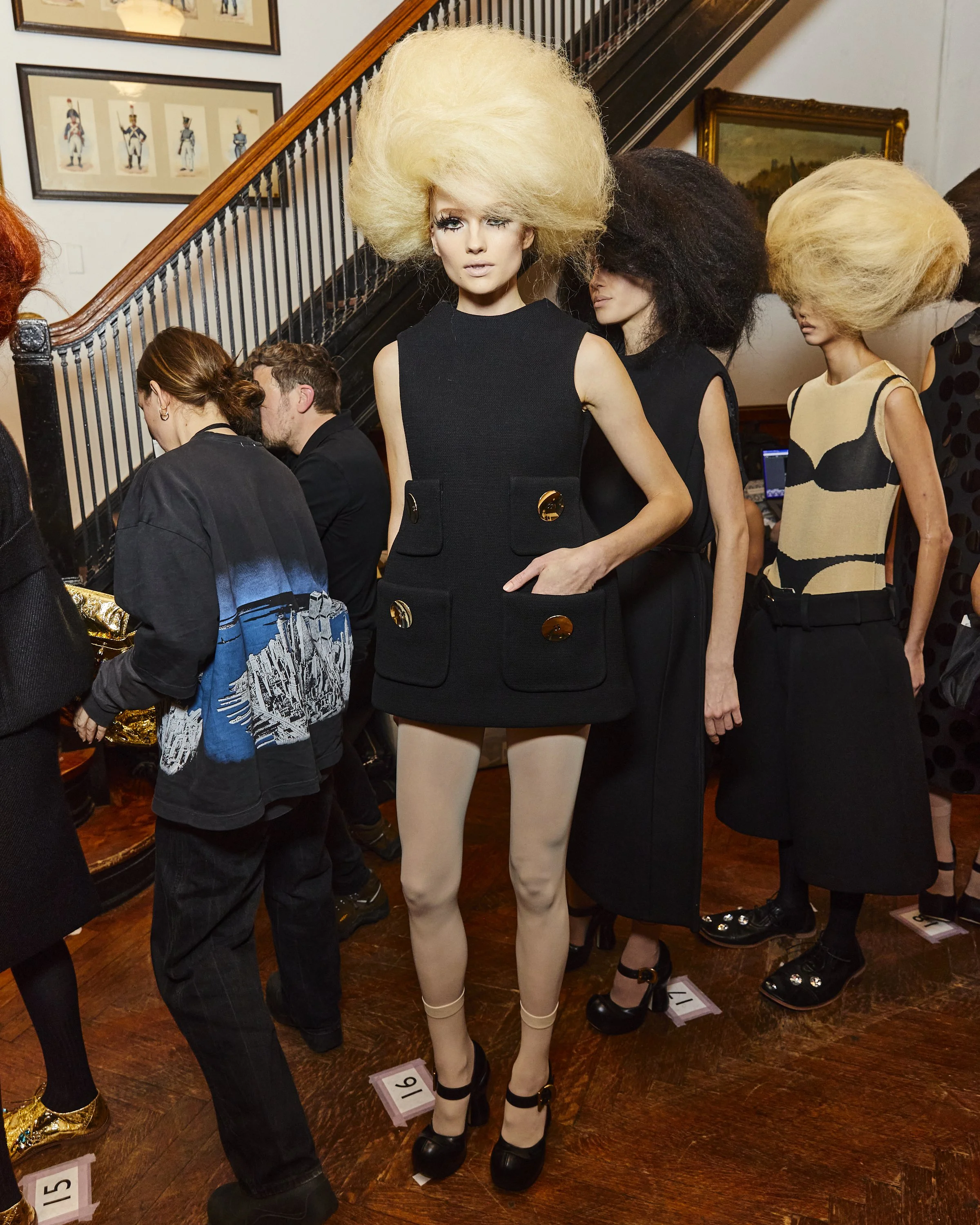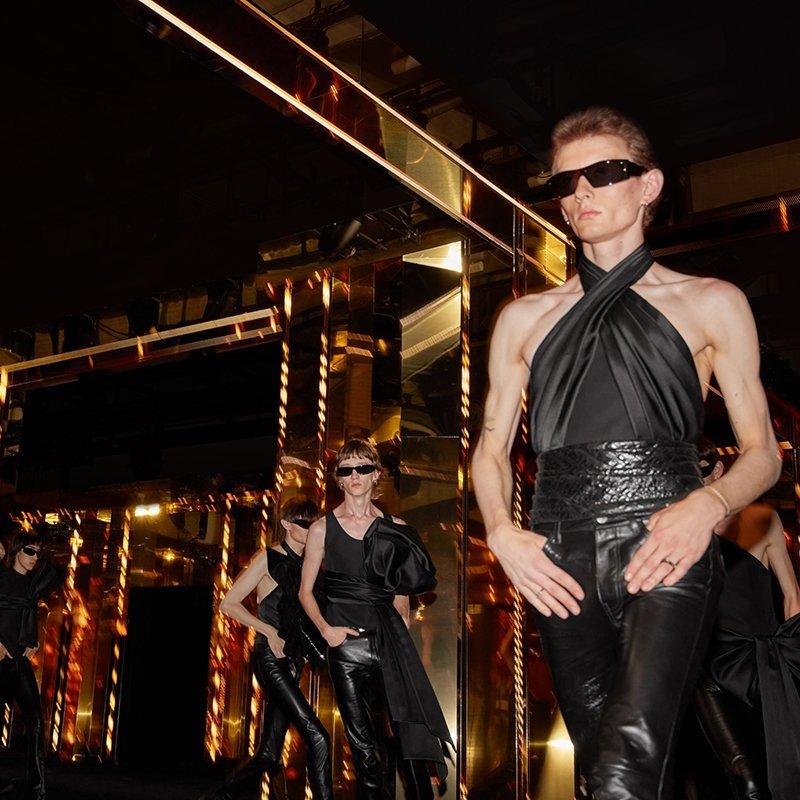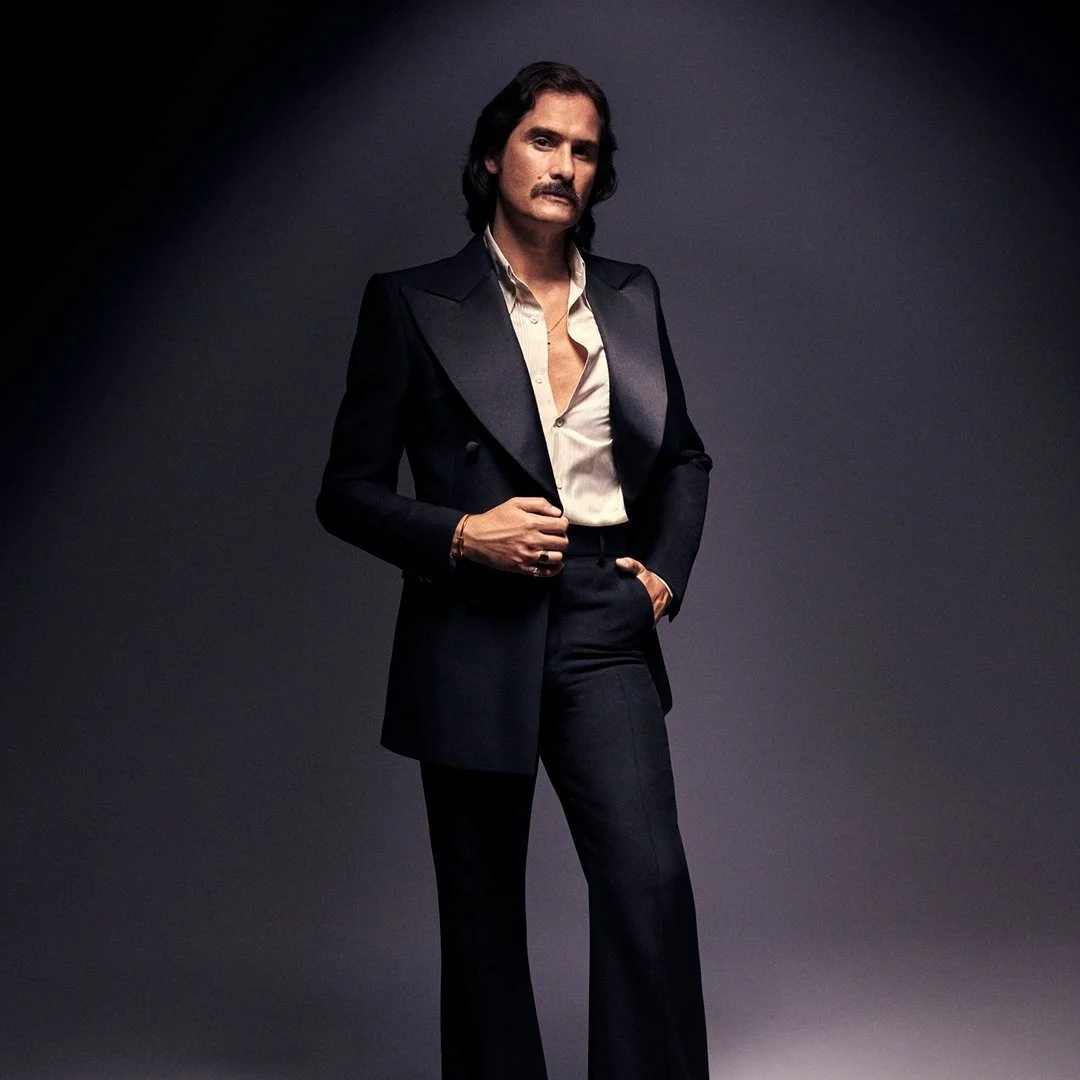The 19-year-old photographer proving that you don’t need an expensive camera or the latest iPhone to create beautiful images.
Sarfo Emmanuel Annor grew up in Koforidua, a city in southern Ghana, with his mother, 5 siblings and father, who passed away when he was 10. Growing up, Sarfo would draw portraits of his family in his spare time and so began his affinity for art, now leading him to photography.
When asked what inspired him to first start taking photographs, Sarfo tells me that after graduating from high school in 2019, he received his first ever phone from his sister as a gift. “In 2020, during the pandemic, I started taking random pictures of my family and friends and editing them for fun until I realised I could use my phone as an art creation tool.”
Below, we discuss the creative scene in Ghana, Sarfo’s inspirations and the real reason behind the use of bold colours in his work.
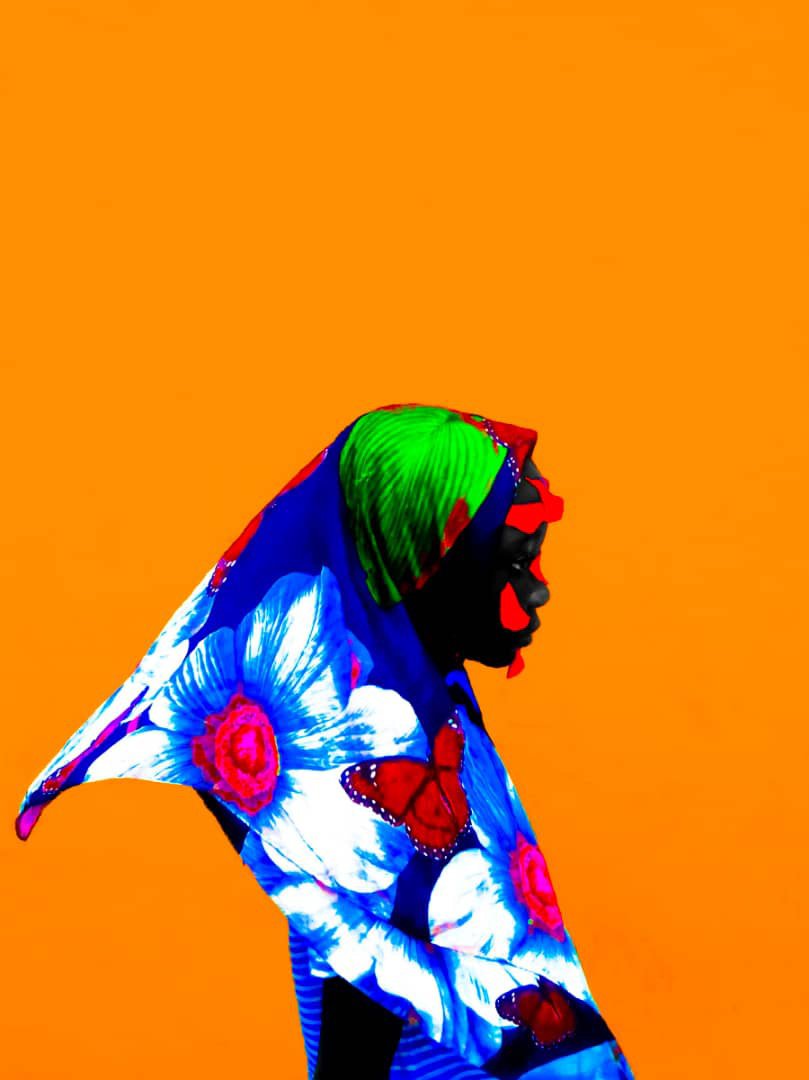
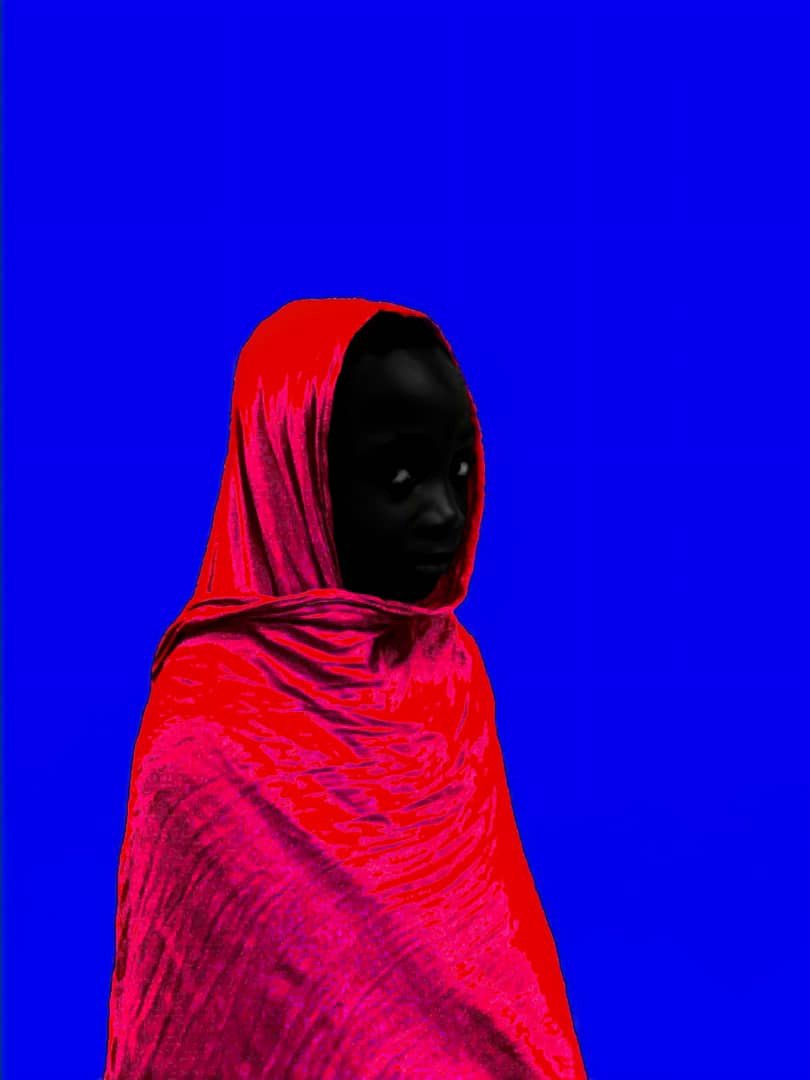
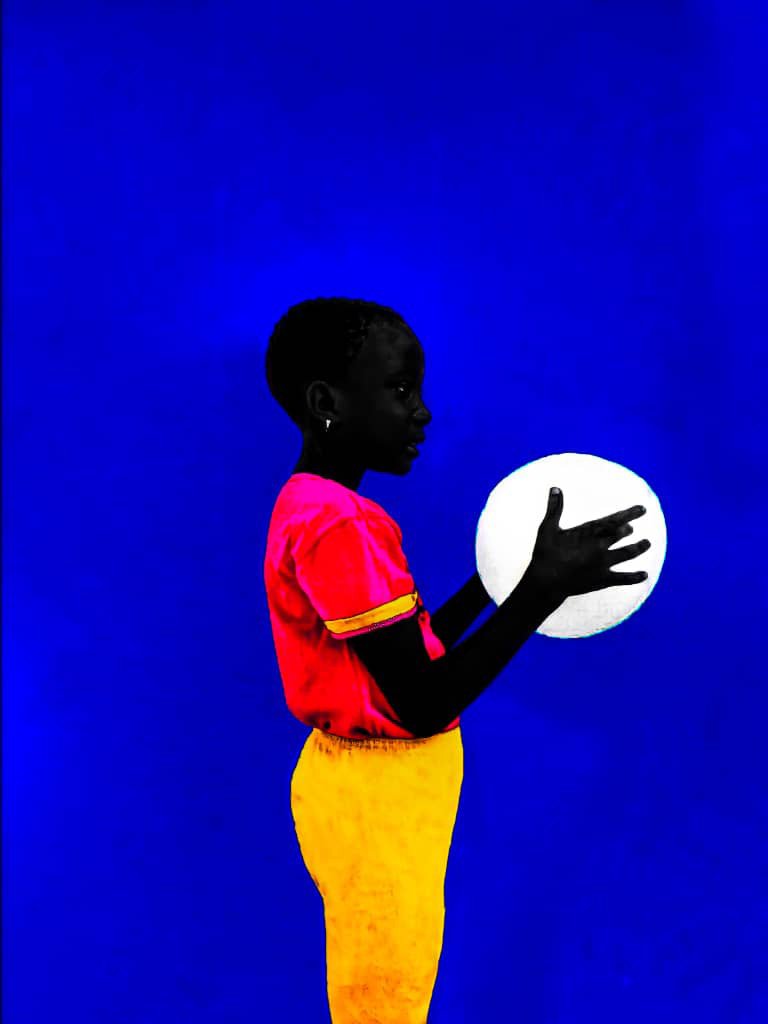
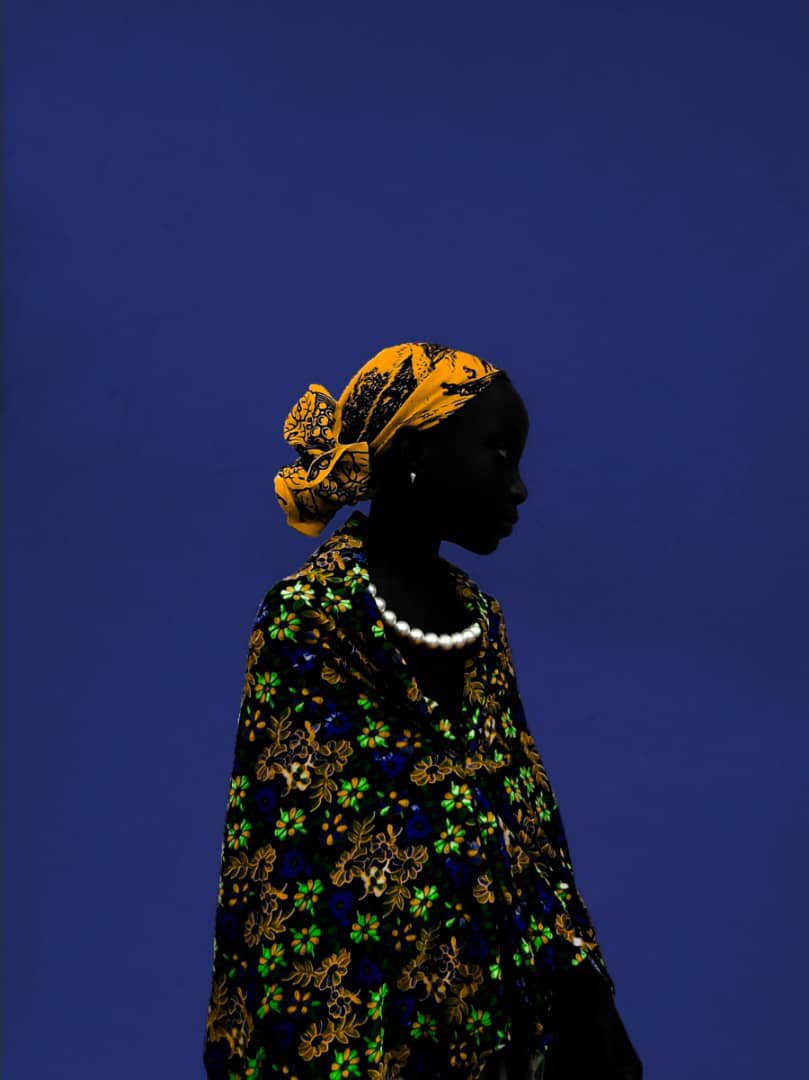
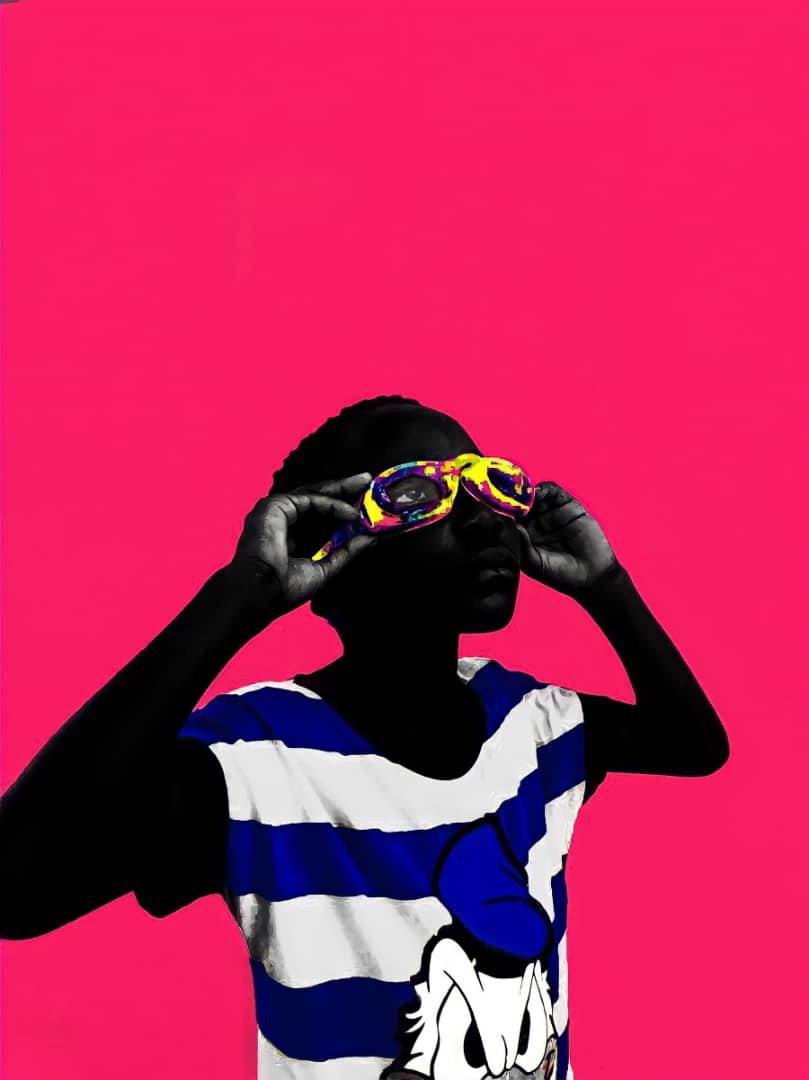
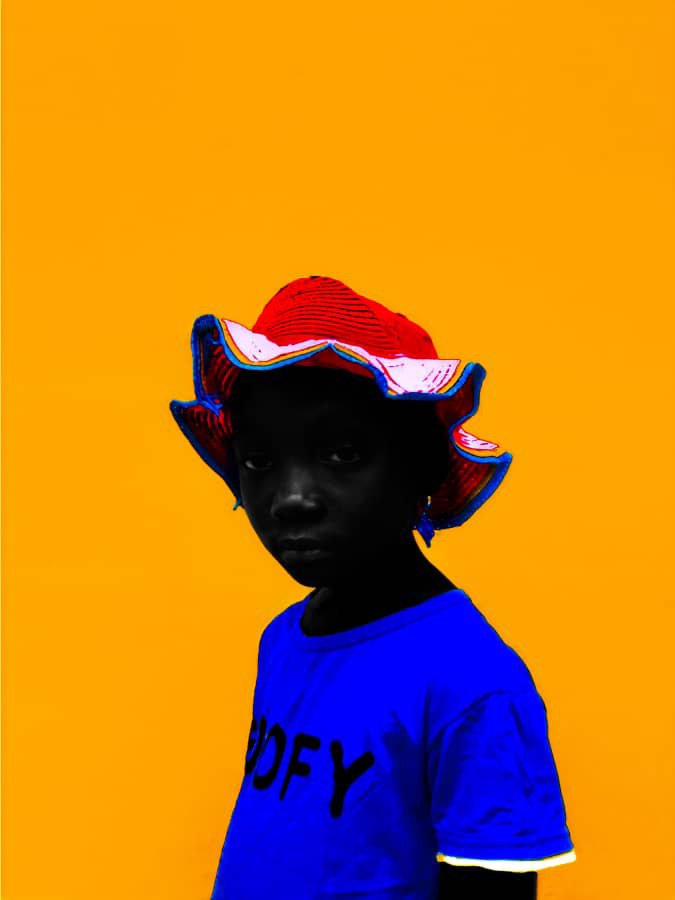
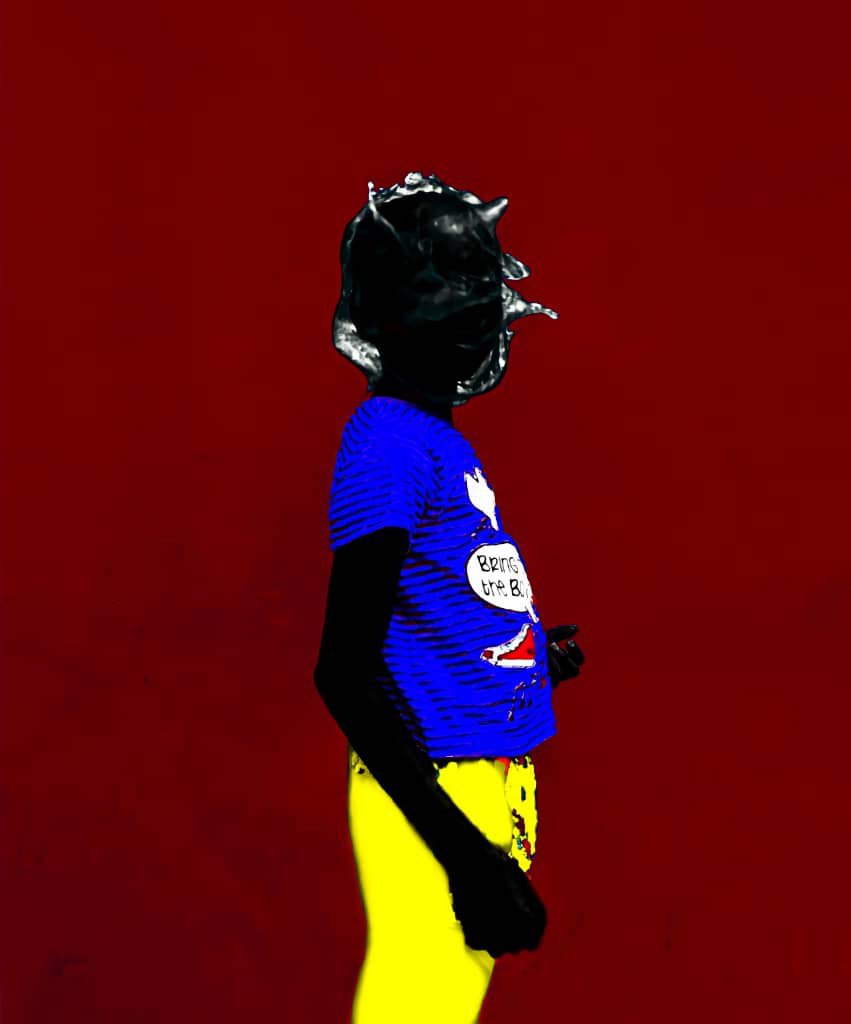

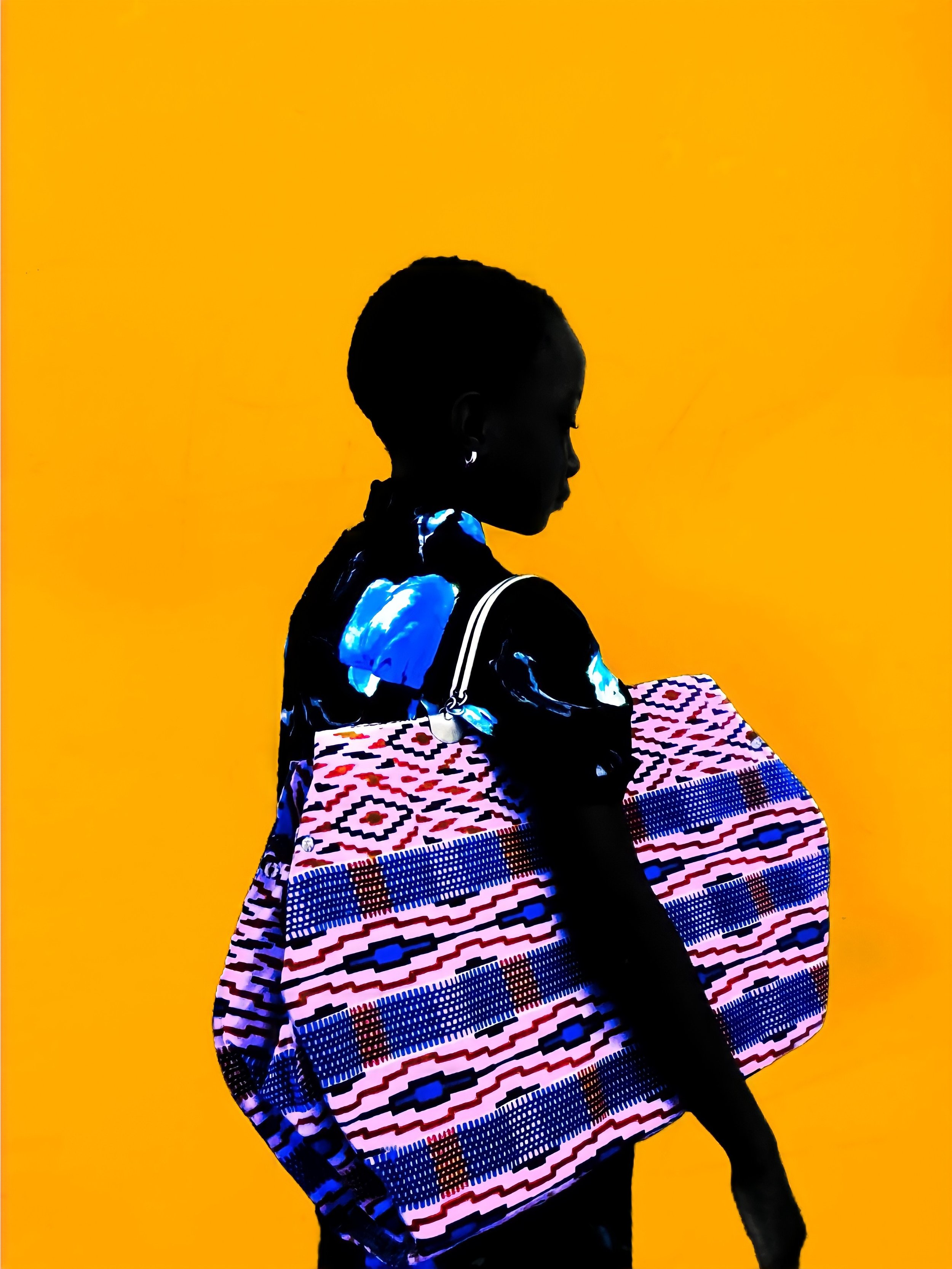
Perfect: What was your home life like growing up?
Sarfo Emmanuel Annor: I remember as a kid, my dad used to get me these colouring books which I used to practice with during weekends. Also, I really loved watching TV, especially music videos. These made home really exciting for me and I didn't like going out.
Perfect: Where did you grow up?
Sarfo Emmanuel Annor: I grew up in Koforidua in the Eastern Region of Ghana. My father unfortunately passed away when I was 10 so it left me, my mom and my 5 other siblings. I remember in the evening my mom would instruct me to read my books and do my homework. During weekends, I remember I really loved to draw portraits of my mom and my siblings. When I was 18, I remember taking random pictures of my family especially my niece and editing them just for fun. I'm 19 now with 5 siblings.
Perfect: Did/does your family support your photography career?
Sarfo Emmanuel Annor: My family didn't really support my photography career at first because they (especially my mom) wanted me to learn a trade or continue to college because they didn't really understand my work. But after a lot of explanation, they now get what I do and support me fully.
Perfect: What is the creative scene like in Ghana?
Sarfo Emmanuel Annor: The creative scene in Ghana has always been difficult for creatives to survive. The government has no plans to support creatives in the art and craftsmanship industry. Apart from the difficulties, Ghana is a really beautiful country with beautiful people to work with and many wonderful places to get inspiration from.
Perfect: What sparked your choice to take photographs on your Itel phone?
Sarfo Emmanuel Annor: I use the Itel P15 phone as my tool because I can't afford digital cameras and the equipment. Also it is very easy use. I also plan on getting an iPhone soon to improve my work.
Perfect: What do you hope to do with your photography?
Sarfo Emmanuel Annor: I hope my work can tell the beautiful African story through fashion, art and photography by creating works showcasing our rich cultural heritage.
Perfect: Who inspires you most?
Sarfo Emmanuel Annor: One artist who really inspired me to even become an artist is Prince Gyasi. I really love the story behind his work and the way he uses colours in his works. I also love Rafael Pavarotti's work so much.
Perfect: What qualities do you look for in people that you work with?
Sarfo Emmanuel Annor: When it comes to working with people, I haven't really worked with any models or stylists before. I plan on working with great talents next year to improve my work.
Perfect: Why do you choose to use such bold, vibrant colours in your work?
Sarfo Emmanuel Annor: I use bold and vibrant colours in my work because I believe colours can affect people's moods positively in a form of colour therapy.
Perfect: Tell me about your casting choices and the reasoning behind it.
Sarfo Emmanuel Annor: The main reason I use kids as models is because I couldn't afford professional models at first so I had to work with what I have, which was my niece and some other kids from my neighbourhood.




